Coffee, the beloved beverage known for its rich aroma and invigorating taste, holds a special place in the hearts of millions around the globe. It’s more than just a drink; it’s a morning ritual, an afternoon pick-me-up, and a reason to gather with friends. Its popularity spans continents, making it one of the world’s most consumed beverages.
The journey of coffee from bean to cup is a complex process that involves the careful cultivation, harvesting, and roasting of coffee beans, each step contributing to the flavor profile of the final product. Whether it’s a simple black coffee, a creamy latte, or an iced cappuccino, there’s a coffee out there for every palate. Its role in daily routines is undeniable, offering both a moment of pause in our busy lives and the energy to keep moving forward.
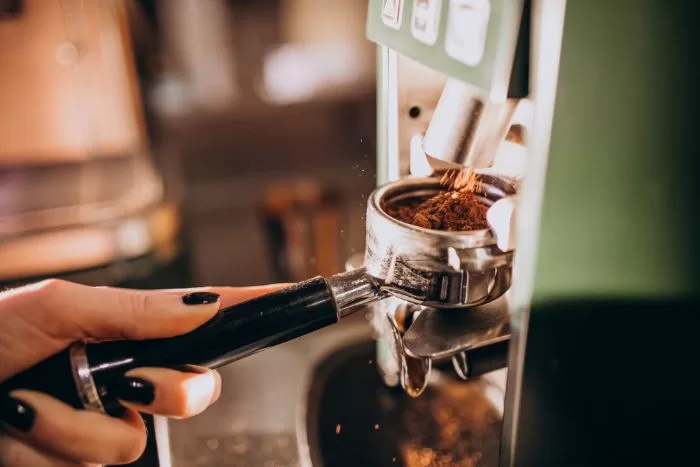
As we explore the caloric content of this integral part of daily life, let’s appreciate the complexity and joy that coffee brings to our tables and moments.
What’s In Your Cup? Understanding Coffee And Calories
Ever wondered what’s really in your coffee cup? At its core, a simple mug of black coffee is almost like a magical potion with virtually zero calories. That’s right—your basic brew is as guilt-free as a beverage can get! However, the moment we start adding those tempting extras, the story changes.
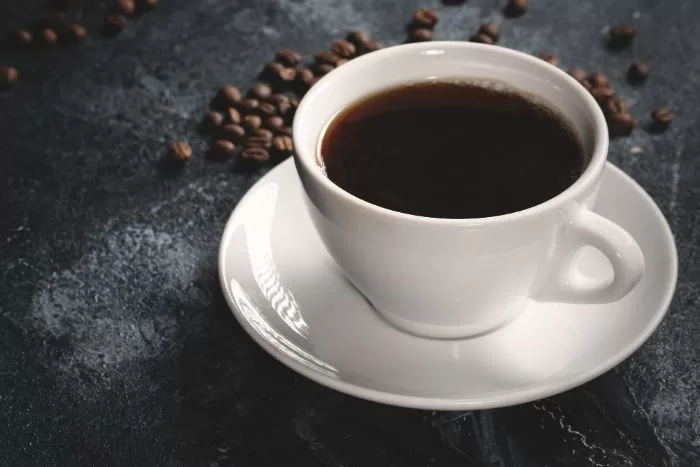
A dash of cream, a spoonful of sugar, or a dollop of flavored syrup can transform your calorie-free elixir into a hidden calorie bomb. It’s not just about the richness it adds to your palate but the numbers it adds to your daily calorie intake.
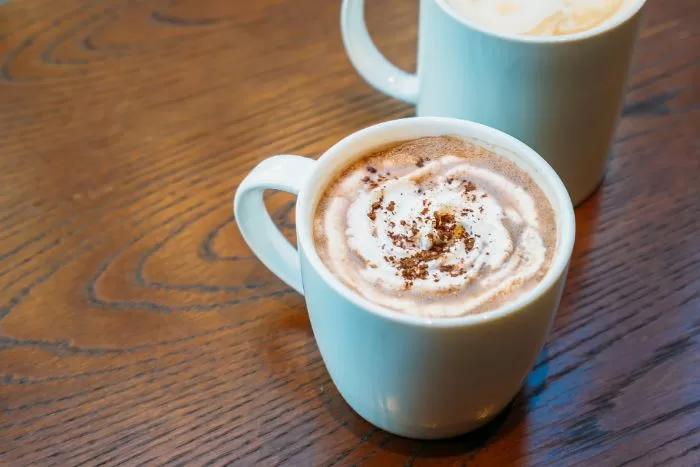
So, next time you’re standing in line at your favorite café, remember that the secret to keeping your coffee low-cal lies in what you add—or don’t add—to that steaming cup of joy.
Culprits In Your Cup: How Add-Ins Stack Up the Calories
When it comes to jazzing up your java, the usual suspects—sugar, cream, and syrup—can really pack a punch… on your calorie count, that is. Let’s break it down: A teaspoon of sugar might seem harmless, but add a couple to your daily brew, and the calories start to accumulate. Cream? It’s rich, decadent, and yes, heavy on calories. Let’s start with sugar—each teaspoon adds about 49 calories, and most of us don’t stop at just one. Cream isn’t far behind, contributing roughly 52 calories per tablespoon, making your cozy cup richer in taste and calorie count. Prefer your coffee sweet and flavorful?

Syrups are a popular pick, but with about 21 calories per pump, they can quickly escalate the calorie game. Even the seemingly innocent skim milk adds about 10 calories per ounce. Even a small splash can add more calories than you’d think. And then there are the flavored syrups, those sweet temptations that turn a plain coffee into a dessert-like treat. Delicious, no doubt, but they can skyrocket your coffee’s calorie content without you even realizing it.
Specialty Coffees: A Caloric Breakdown
Stepping into a coffee shop is like entering a world where each drink is a delicious masterpiece. But, have you ever wondered about the calorie content behind these artful brews? Let’s break it down. Lattes, with their rich blend of espresso and steamed milk, can pack around 190 calories for a 16-ounce serving, mainly from the milk.

Cappuccinos, offering a lighter touch with equal parts espresso, steamed milk, and foam, hover around 130 calories for the same size, thanks to their airy texture. Mochas take it up a notch by blending chocolate, espresso, and milk, landing at about 240 calories for a 16-ounce cup, with the chocolate syrup being the main culprit. These specialty coffees, while offering a symphony of flavors, also bring a mix of calories into our cups, making every sip a balance between indulgence and moderation.
Unraveling The Nutritional Secrets Of Your Coffee
Navigating the world of coffee labels can sometimes feel like cracking a secret code. But fear not! With a few simple tips, you’ll be reading them like a pro. First up, spot the serving size—it’s the key to understanding everything else on that label. Next, zoom in on the calories section to see how your favorite brew stacks up.

Don’t overlook the details on sugars and fats, especially if your go-to drink is on the sweeter or creamier side. Also, pay attention to the caffeine content listed, as it varies widely among different coffee types and can impact your daily intake. By keeping an eye out for these crucial bits of information, you’ll make informed choices that align with your health goals, ensuring your coffee habit is as nourishing as it is delightful.
The Health Boost Of Black Coffee
Sipping on black coffee is not just a taste preference; it’s a health-conscious choice. This humble beverage, free from the extra calories of sugars and creams, packs a powerful punch of benefits. Rich in antioxidants, black coffee can fend off inflammation and protect against certain diseases, including heart disease and type 2 diabetes.
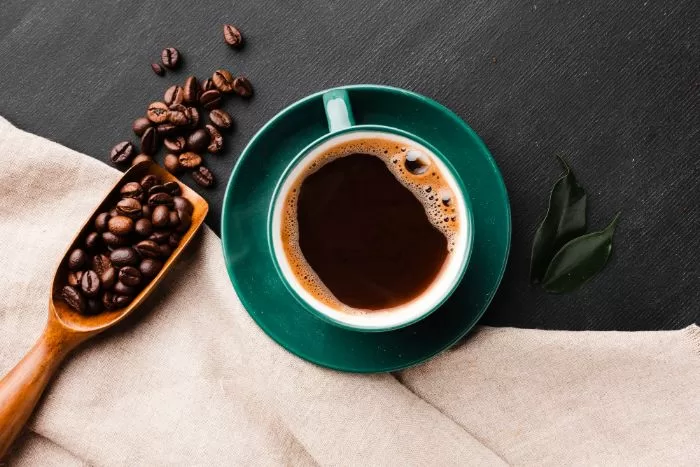
It’s also a natural metabolism booster, helping you burn calories a bit faster—a boon for those looking to manage their weight. Moreover, the purity of black coffee means you’re getting a caffeine fix without unnecessary additives, keeping your calorie intake low and your energy levels high. Embracing the bold, unadulterated flavor of black coffee can lead to a healthier lifestyle, proving that sometimes, simplicity is indeed the ultimate sophistication.
Trimming Calories From Your Coffee Cup
Want to keep enjoying your coffee without the calorie guilt? It’s easier than you think! Start with switching to low-calorie sweeteners or even better, try natural sweeteners like stevia that don’t add calories. If you love your coffee creamy, opt for almond milk, oat milk, or skim milk, which offer the creaminess with fewer calories than whole milk or cream.

For flavor without the sugar rush, explore sugar-free syrups or a dash of cinnamon or vanilla extract to add a punch without padding the calorie count. And here’s a pro tip: froth your milk! It makes your coffee feel richer without needing extra cream. By making these smart swaps, you can still indulge in your daily coffee ritual but with a lighter, healthier twist. This way, your coffee remains a joyous part of your day, minus the calorie overload.
Home Brewed Delights: Low-Cal Coffee Recipes To Try
Who says you can’t have delicious coffee drinks without the café price tag and the calorie overload?Transform your kitchen into a barista’s paradise with these easy, low-calorie coffee recipes that don’t skimp on flavor. Kick off your day with a homemade Cinnamon Spice Latte by blending a cup of black coffee with a dash of cinnamon and nutmeg, sweetened with a teaspoon of honey or a splash of sugar-free syrup. Craving something cold?
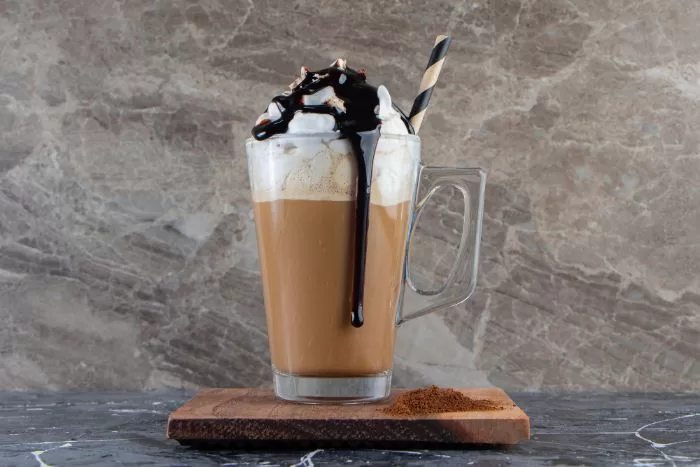
Try an Iced Vanilla Almond Coffee by mixing chilled black coffee with unsweetened almond milk and a few drops of vanilla extract for a refreshing and guilt-free treat. For the chocolate lovers, a Mocha Mint Coffee can be made by stirring unsweetened cocoa powder and a hint of peppermint extract into your brew, sweetened to taste with stevia.
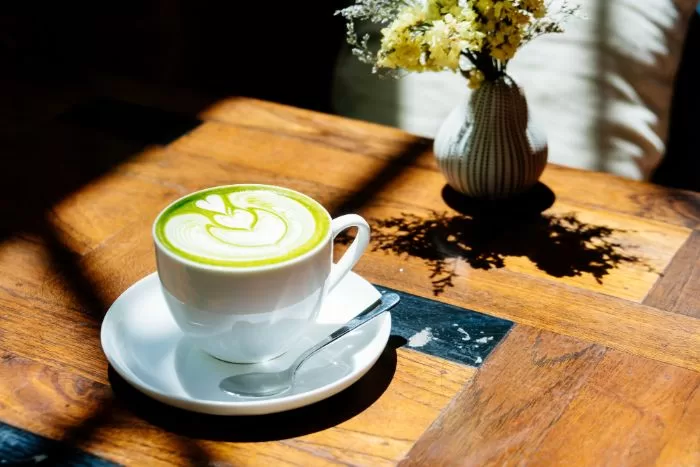
These DIY coffee creations prove that with a little creativity, you can enjoy indulgent coffee drinks at home—minus the high calorie count. So, whip out your apron and let your kitchen brew some low-cal magic!
The Future Of Coffee: Trends In Health And Wellness
As we dive deeper into a health-conscious era, the coffee industry is not just brewing; it’s evolving. With a shift towards wellness, coffee lovers now seek options that not only taste good but also offer health benefits. Recognizing this, coffee shops and brands are innovating with superfoods, introducing turmeric lattes and matcha-infused coffees that promise anti-inflammatory benefits and a boost in antioxidants.

The rise of non-dairy milk options like oat, almond, and soy milk caters to lactose-intolerant and vegan consumers, offering a creamy texture without the extra calories or cholesterol.

Sugar substitutes are becoming more popular, with natural sweeteners providing the sweetness coffee drinkers crave, minus the caloric load. As the demand for healthier options grows, the future of coffee looks vibrant, blending traditional flavors with modern wellness trends, ensuring every cup is not just satisfying but also nourishing.
Conclusion
As we reach the end of our coffee journey, it’s clear that our beloved brew can be both a pleasure and a healthful choice. The key is mindfulness—savoring each sip while being aware of what goes into our cup. Embrace the pure, robust flavors of black coffee or experiment with low-calorie add-ins to find your perfect, health-conscious blend.

Remember, enjoying coffee is not just about the rush of caffeine but also the joy and comfort it brings to our daily lives. By choosing wisely and consuming in moderation, we can continue to indulge in this age-old ritual without compromising our health or calorie goals. So, the next time you pour yourself a cup, take a moment to appreciate its journey from bean to brew and let this mindfulness guide you towards healthier coffee habits that fit seamlessly into your lifestyle.
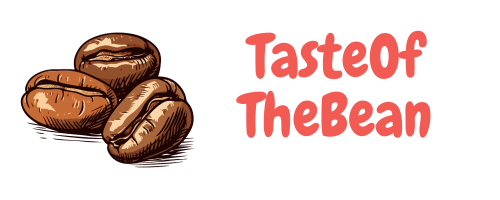

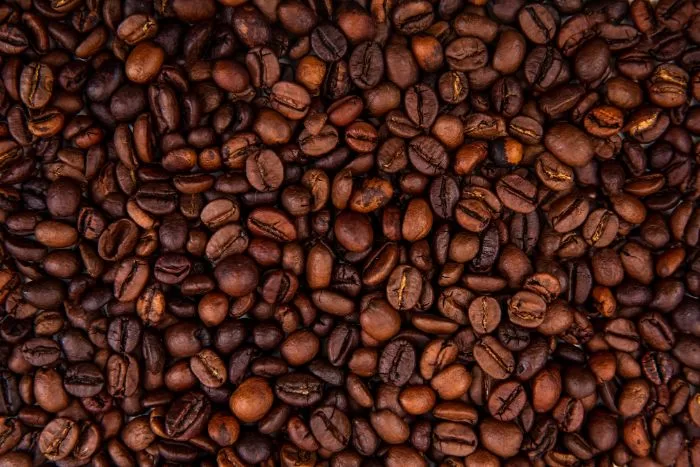

Leave a Reply